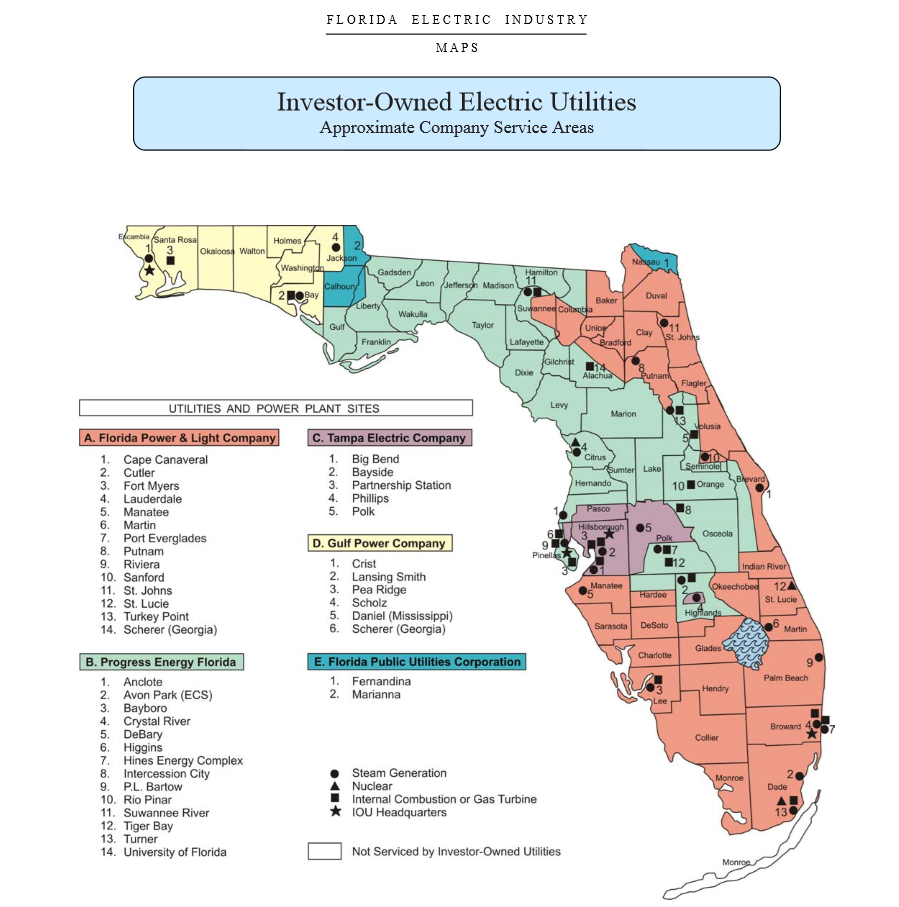


Matrix employees had a Jacksonville journalist spied on after he wrote critically about FPL.

In each of those cases, Matrix was working against politicians or policies fighting to curb the climate crisis by encouraging renewable power. In Florida, Matrix’s work touched almost every level of politics, from influencing local mayoral and county commission elections to combating attempts to reshape the state constitution. Matrix affiliated groups have also worked to advance power companies’ interests in Arizona, Louisiana, Mississippi, Georgia, and in front of the Environmental Protection Agency, public records show. Records obtained by Floodlight and the Orlando Sentinel show that Matrix consulted for FPL, as well as another Florida company, Gulf Power, and Alabama Power. The ongoing clash between Matrix’s founder Joe Perkins, 72, and former CEO Jeff Pitts, 51, is exposing the firm’s decades of extensive influence peddling on behalf of utility clients. The Matrix saga illustrates the political obstacles policymakers and experts face as they attempt to cut climate pollution from the power sector, one of the biggest greenhouse gas contributors in the US. Hundreds of pages of internal documents – which are only coming to light now because Matrix’s founders are locked in an epic feud – detail the firm’s secret work to help power companies like FPL protect their profits and fight the transition to cleaner forms of energy. That candidate later admitted he was bribed to run. Matrix employees spent heavily on political advertisements for a candidate with the same last name as Rodríguez, who split the vote. Rodríguez was ousted from office in the next election. Within minutes, one of them forwarded the directive to the CEO of Matrix, LLC, a powerful but little-known political consulting firm that has operated behind the scenes in at least eight states.

In the policy arena, while state mandates such as Renewable Portfolio Standards and federal renewable tax credits have underpinned the clean energy transition to date and will likely evolve further in 2022, we’ll also be watching the potential impact of additional federal policy, investment, and regulatory support.Map showing route taken by Matrix LLC to oust Jose Javier Rodriguez from office. In our annual power and utilities industry outlook, we explore five trends that will likely impact the industry in 2022, from enhancing decarbonization and resiliency strategies, to deploying 5G and cloud technologies, to harnessing flexible load and supporting building electrification. Industry spending will likely remain high, and renewable penetration could accelerate further. We’ll be watching for technology deployments to advance and markets to evolve. To tackle this tall order, the electric power industry will likely continue to advance in its “3D” transformation: decarbonization, digitalization, and decentralization. In 2022, the tough challenges remain-boosting clean energy, ensuring reliability and resiliency, and maintaining security, while keeping costs down. At the same time, unprecedented and unpredictable extreme weather events challenged the grid’s reliability and resiliency, and cyberattacks on critical infrastructure increasingly made headlines. As the US economy began to emerge from its pandemic-induced recession, electricity sales rose 3.8% through August 2021 over the prior year. In 2021, the power and utilities industry tackled tough challenges, made measurable progress, and received clean energy encouragement from a new administration.


 0 kommentar(er)
0 kommentar(er)
